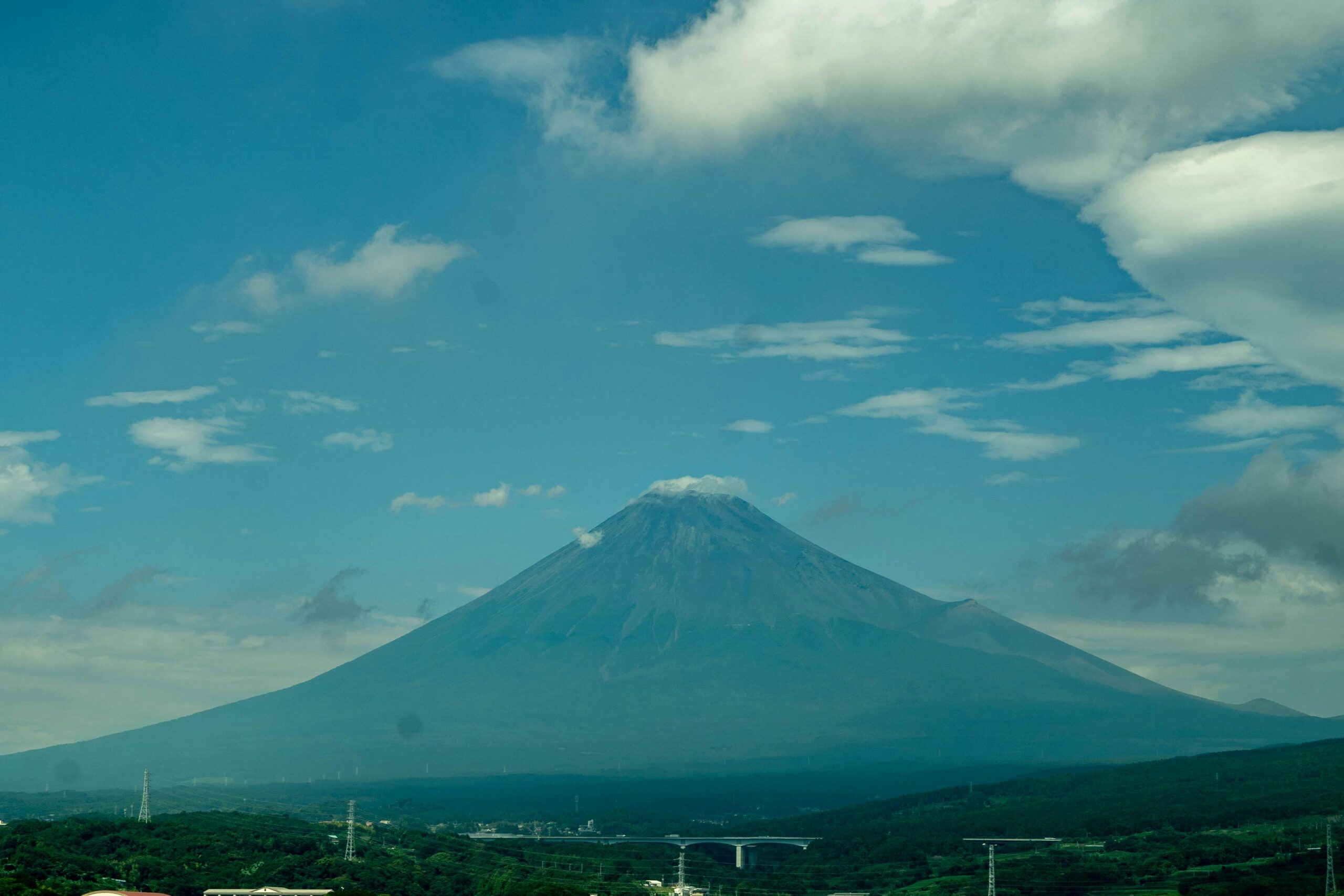Mount Fuji: Japan’s Iconic Peak of Nature and Culture
Rising majestically to 3,776 meters, Mount Fuji is far more than Japan’s highest mountain. A dormant stratovolcano last erupting in 1707, it has captivated hearts for centuries, symbolizing both the awe-inspiring power of nature and the spiritual essence of Japanese identity. Designated a UNESCO World Heritage Site in 2013, Fuji’s near-perfect conical silhouette has inspired poets, pilgrims, and artists, while its slopes challenge adventurers and its foothills nurture unique ecosystems. This article delves into Fuji’s geological origins, its sacred role in Shinto and Buddhist traditions, its modern-day allure for travelers, and its enduring influence on global art and culture. Prepare to explore how a single mountain became a timeless bridge between earth and sky, tradition and modernity.
The Geological Majesty of Mount Fuji
Mount Fuji’s formation began approximately 100,000 years ago through successive volcanic eruptions. It sits at the triple junction of the Philippine Sea, Eurasian, and North American tectonic plates, whose collisions fuel its volcanic activity. Composed primarily of basalt—unusual for stratovolcanoes, which typically feature andesite—Fuji’s lava flows created its symmetrical shape. Scientists monitor it closely, as its dormancy since 1707 doesn’t preclude future eruptions. The mountain’s five lakes, formed by ancient lava dams, and surrounding Aokigahara Forest reveal a landscape shaped by fire and ice. Recent studies suggest magma chambers beneath Fuji remain active, reminding us that this serene giant is merely resting.
A Sacred Symbol in Japanese Culture
In Shinto belief, Fuji is home to Konohana Sakuya Hime, the goddess of blooming life. Pilgrimages to its summit, practiced since the 7th century, were believed to purify the soul. Edo-period (1603–1868) ascetics established the Fujiko sect, blending Buddhism with mountain worship. Today, the Yoshida Fire Festival in August honors deities believed to reside on Fuji. The mountain also appears in ukiyo-e woodblock prints, such as Hokusai’s Thirty-Six Views, symbolizing harmony between humanity and nature. Even modern corporations use Fuji’s image to evoke quality and tradition, proving its cultural resonance transcends time.
Modern Tourism and Environmental Challenges
Over 300,000 climbers ascend Fuji annually during the July–September season, straining its fragile ecosystem. The Yoshida Trail, lined with historic shrines, sees crowds causing trail erosion and littering. In response, authorities implemented a ¥1,000 conservation fee in 2023 and restricted daily climbers. Off-season hikes are banned to protect wildlife, including the rare Fuji violet. Nearby, the Fuji Five Lakes region balances tourism with conservation—Lake Kawaguchiko’s mirror-like reflections attract photographers, while strict zoning preserves wetlands. Climate change poses new threats: reduced snowfall alters watersheds, endangering endemic species. Sustainable tourism initiatives aim to preserve Fuji’s beauty for future generations.
Fuji’s Global Legacy in Art and Literature
Beyond Japan, Fuji’s influence permeates global culture. French Impressionists like Monet admired its form, while Ezra Pound’s poetry referenced its symbolism. In 2024, NASA named a Martian volcano “Fuji Mons” for its resemblance. Anime films, such as Your Name, use Fuji as a narrative anchor, blending modernity with myth. Literary works, from Mishima’s existential novels to British travelogues, frame Fuji as both physical and metaphysical. Even UNESCO’s citation highlights its role as a “shared cultural treasure,” transcending borders. This universal appeal underscores humanity’s fascination with nature’s sublime beauty.
Conclusion: The Eternal Mountain
Mount Fuji stands as a testament to nature’s grandeur and humanity’s enduring quest for meaning. From its fiery birth to its spiritual significance, from tourist trails to artistic masterpieces, Fuji embodies the intersection of geology, culture, and imagination. Yet challenges like overcrowding and climate change remind us that preservation requires collective effort. As the sun rises over its snow-capped peak in the traditional Goraiko ceremony, Fuji continues to inspire reverence and wonder. Whether viewed from a Tokyo skyscraper or a rural tea house, it remains a symbol of resilience—a mountain not just of rock, but of the human spirit.
